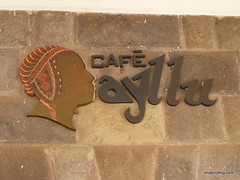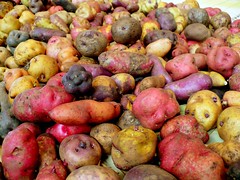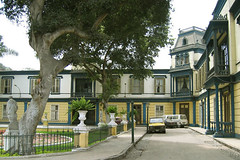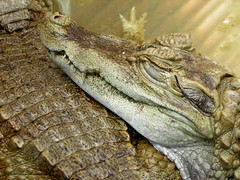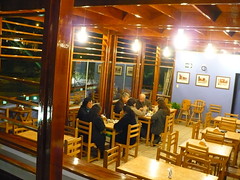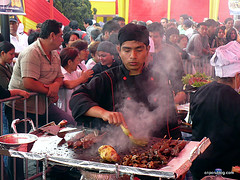Cajamarca, now a small colonial city in the northern highlands of Peru, was once a major city along the Inca highway between Quito and Cusco.
Category: "Cajamarca Guide"
Lady of Pacopampa: A woman born to rule
After three years of work in the town of Pacopampa, a team of archaeologists led by Yuji Seki have found the outlines of an ancient temple that would have formed part of a larger complex located 20 minutes from the modern town of the same name. But far more impressive is what they’ve found buried inside the temple. The team discovered the tomb of a woman, whose social position quickly became evident.
Tantarica
Little is known of these ruins as no formal studies have been carried out. Left in ruins, and overgrown with shrubs, what we do know that it was constructed in the same time as Kunturwasi by the same pre-Inca culture, with Tantarica being more of a centre of population than only a place of religious worship.
Kunturwasi
High in the hills above the Rio Jequetepeque valley that leads from the northern Peruvian coast into the mountains of Cajamarca, is a temple named Kuntur Wasi, the House of the Condor. Looking out over a vast area from its mountain top perch, from this ancient temple you can survey an area as vast as a condor could.
San Pablo, Cajamarca via Chilete
It was an interesting but long journey. From the edge of Cajamarca we, along with 4 other strangers and a driver, squeezed into a colectivo taxi and headed on the 3 hour drive down the mountains to Chilete, a highway town that marks the crossroads between San Pablo in the north, Contumazá in the south, Chepén in the west and Cajamarca in the east.
Ventanillas of Cajamarca
It’s a cultural trait that existed in pre-columbian times all along the Andes to various extents. After carving out small holes in the sides of cliffs, ancient cultures would use them to bury their elite. In Cajamarca this was also done, leaving us with some of the best preserved cliff-face tombs in the country.
Carnival in Cajamarca
It’s carnival time in Cajamarca!!
…a period of song, dance and water fights. This carnival is known to be the most wild in the country and perhaps the second most famous on the continent after the one that takes place in Brazil. Whether a sunny day or not, dressing for rain would be a very good idea – expect to br drenched in buckets of water.
People of Cajamarca
The people of Cajamarca are as distinctive as any in Peru, with an individual culture, customs and typical dress.
Photos at end.
In the gallery accompanying this blog I will show some of the photos I have taken of the people in this region, urban and rural, going about their daily business. You may notice a particular distinctive aspect of the dress – the famous Cajamarca hat.
Cuarto del Rescate
It was in Cajamarca that the Inca empire started down its path to swift destruction. The newly arrived group of Spanish lead by Francisco Pizarro, aiming to conquer the Inca empire, arrived in Cajamarca to be met by Emperor Atahualpa and his army. After tricking him into entering the city with only a light guard they captured him, ransomed him and killed him.
Conjunto Monumental Belén
This group of historic buildings found on the street of Belén are constructed almost entirely out of volcanic stone. Construction began on these, the finest examples of colonial architecture in Cajamarca, in 1699, replacing old wooden churches and buildings. The complex includes a church and men’s and women’s hospitals.
Cumbe Mayo’s Mysteries
South west of Cajamarca is a site steeped in ancient mystery. A forest of towers of rock covered by a thick fog sets the scene for this place with features yet to be explained.
Cerro Santa Apolonia
Overlooking Cajamarca’s plaza is the Cerro Santa Apolonia, a 500 metre high hill that rises out of nothing in the centre of the city. Now merely a lookout point, it was once an important sacred spot for the many civilisations that inhabited the area over the ages, such as the Chavin, who in 1200BC built platforms, tunnels and tombs near and on the top of it.




